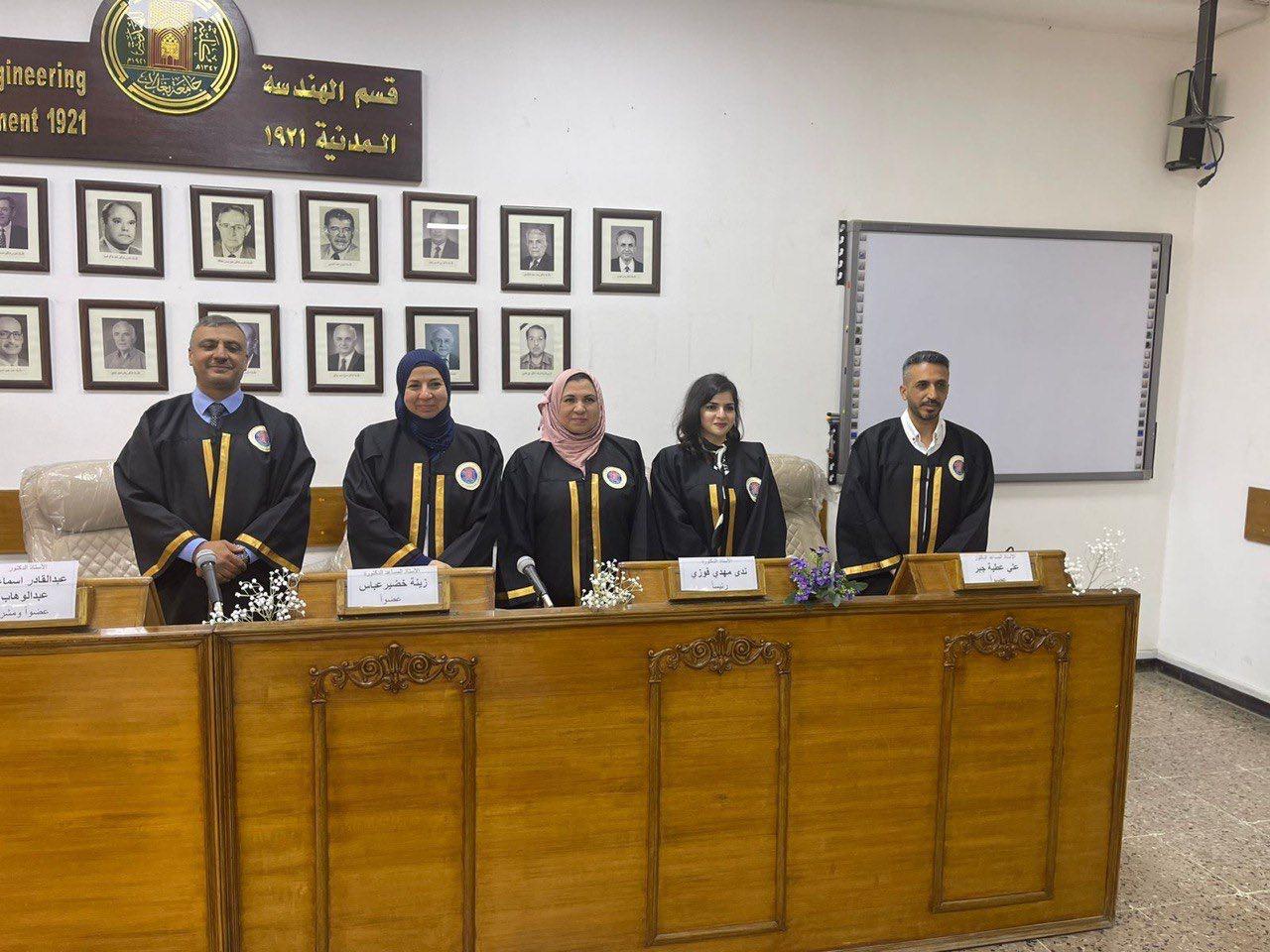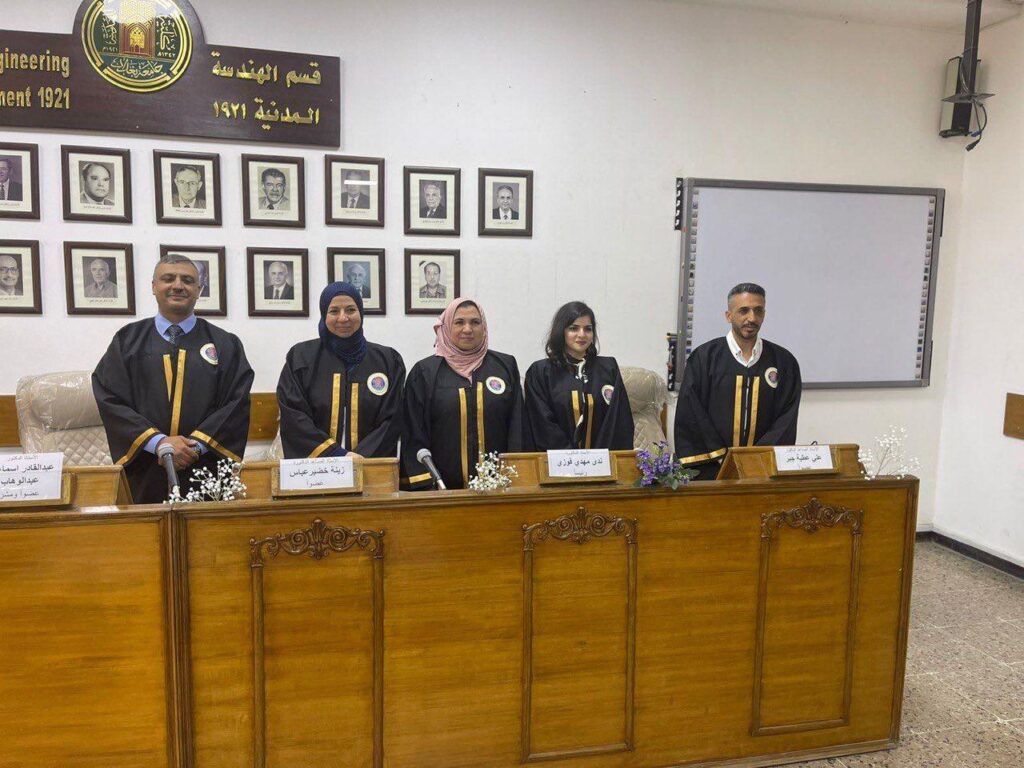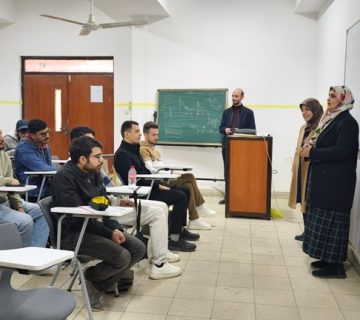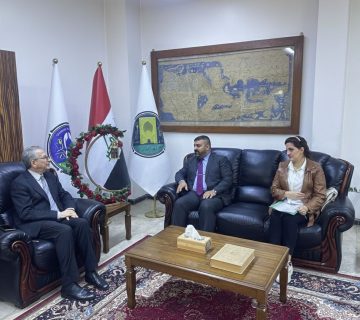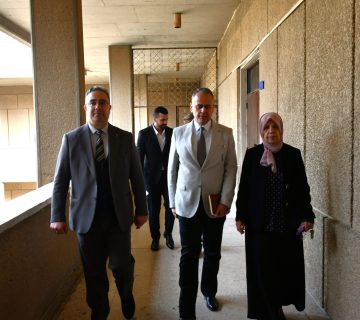Civil Engineering Department
College of Engineering \University of Baghdad, held MSc thesis examination titled
“Effect of adding expanded polystyrene beads (EPS) wastes on the polymer modified mortar”
By student Zainab Esam and supervised by Prof. Dr.Abdul khadir Ismael , the examination committee consisted of prof.Dr. Nada Mahdi as chairman , and membership of Asst. prof. dr.Zena K. Abbas , Assist. prof.Dr.Ali Atia . After conducting the public discussion and listening to the student’s defense, the thesis was accepted with very good degree . The thesis was summarized as follow:
Abstract
This research studies the effect of adding five different percentages of polymer (2, 4, 6, 8, 10% of cement weight) on the fresh and hardened properties of cement mortar, which was cured at laboratory temperature for 7, 14, and 28 days. Workability increases with increasing polymer. The workability value was found to be lowest (25.6 and 29.4)% in mixtures containing 2% and 4% of (SBR).
Mechanical properties (compressive and flexural strength) showed a significant decrease at increasing polymer ratios, therefore the best results achieved were at 2% SBR and 4% SBR at 28 days of age. An inverse relationship was recorded between the increase in SBR ratios and the compressive and flexural strength values of polymer-modified cement mortar.
In general, the highest improvement in the water absorption, dry density, ultrasound Pulse Velocity, thermal conductivity, and elastic modulus resulted in better results with a decrease in the proportion of the polymer, for all specimens of cement mortar containing 4% SBR polymer relative to the reference mixture).
In the second stage of the research, expanded polystyrene beads (EPS) were used in different proportions (10, 20, 30, 40, 50, and 60%) as a volumetric replacement for fine aggregates in the polymer-modified mortar with 4% SBR. The results indicate that an increase in EPS content leads to an increase in workability. While the mechanical properties show that there is no significant improvement with the increase in the replacement rate. The addition of the polymer improved the bonding between the cement matrix and the EPS particles because SBR films were produced in the cement matrix. Where the best performance of the mechanical properties was at the percentage of replacing EPS 10%, where the decrease was in the compressive strength (29.2) and flexural strength (6) MPa at the age of 28 days, and the thermal conductivity decreased with the decrease in the dry density to be (0.619 W / m.k) with a density of (2269 kg/m³), and the modulus of elasticity decreased to be (19 GPa). Increasing the content of (EPS) increases the absorption while reducing the density by 7.9% at 28 days of age.

